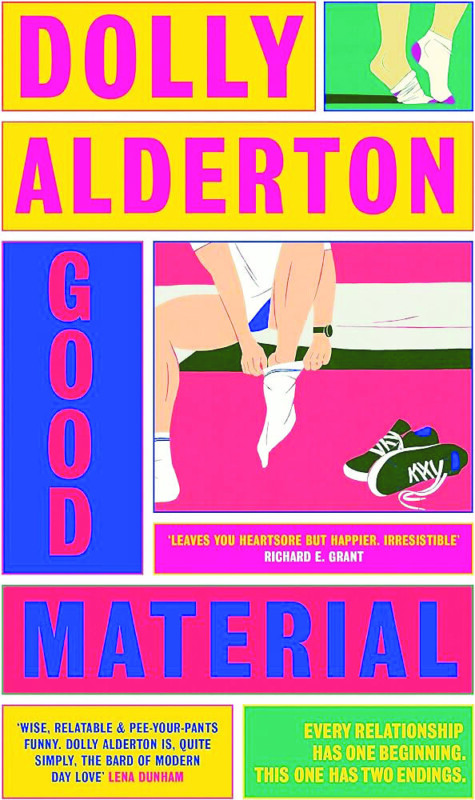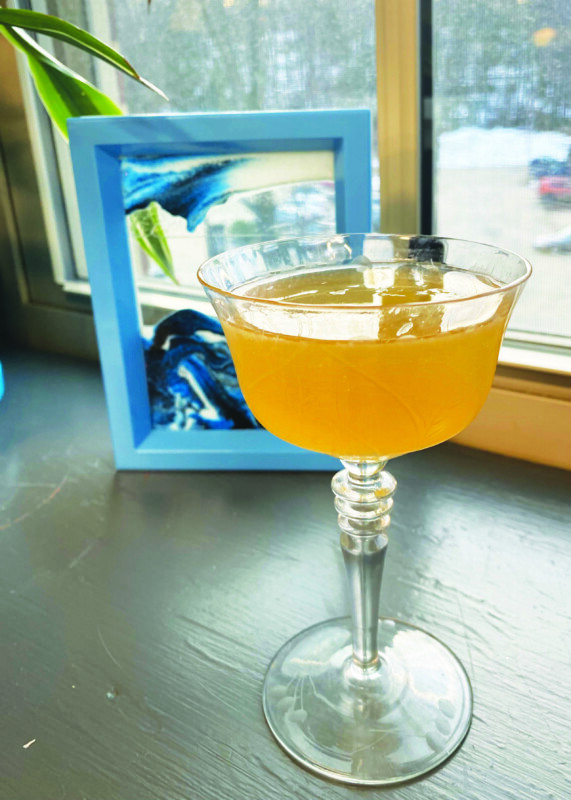A 1980s teen, like, totally grieving for her deceased mother while everybody, even her father, has moved on, finds a friend in a long dead, suddenly reanimated floopy-haired boy who looks good in a Violent Femmes shirt in Lisa Frankenstein, a movie written by Diablo Cody and directed by Zelda Williams (daughter of Robin).
Lisa Swallows (Kathryn Newton) is the new kid in school, in this her senior year, because she and her dad (Joe Chrest) have moved in with his new wife Janet (Carla Gugino) and her teen daughter Taffy (Liza Soberano). Lisa was already deeply traumatized by her mother’s death — at the hands of a serial killer while Lisa hid in a nearby closet, according to Taffy — and seems further traumatized by her father’s remarrying within months and then moving them to a new town. Lisa barely speaks and doesn’t socialize much despite popular Taffy’s genuine and basically good-hearted attempts to pull her out into high school society.
Lisa does allow herself to be dragged to a party where she sees Michael Trent (Henry Eikenberry), head of the high school’s literary magazine, who she is crushing on. Attempts to flirt with him get sidetracked by Tamara (Joey Bree Harris), a gothy girl clearly also crushing on Mike. Tamara sarcastically offers Lisa her drink and Lisa, to prove she’s not the quiet shut-in everyone thinks she is, takes a big swig of it. Unfortunately, it’s a weird high school “wine punch”-or-something drink and she immediately finds herself drunk or high or maybe both. After some puking and dodging a boy who tries to get nonconsensual, Lisa runs out of the party and into a nearby overgrown graveyard.
Luckily, Lisa is familiar with Bachelor Grove Graveyard — she often hangs out there taking rubbings of the headstones and doing other sad-girl things. She even has a favorite headstone, the headstone of a man (the only part of his name we can see is the “ein” end of his last name) whose monument includes a bust with his sad pale face.
As we learned in the movie’s opening shadow-puppet credits, this man was an old-timey unmarried guy who played piano and fell in love with a woman who left him for what I think was a mandolin player. He mopes around and is later killed by a lightning strike.
In the present (late 1980s) day, as Lisa is stumbling around the graveyard, she finds his grave. She had given him her mother’s rosary and as she contemplates her crappy night she makes a wish that she could be with him. Meaning, as she later explains, that she wishes she could be six feet under. But the universe and a mysterious green lightning strike takes it the other way and sends the somewhat decomposed and missing-some-parts man, listed in IMDb as The Creature (Cole Sprouse), back above ground.
The next evening, as Lisa watches a scary movie, the Creature comes stumbling and moaning into her house. She is at first all screaming and running and throwing horrible Janet’s horrible Precious Moments figurines at him. But then she figures out who he is — thanks to a grave rubbing and some pointing (a tongue is one of the parts the Creature is missing). She gets him to take a shower and to keep the crying to a minimum — his tears smell like a hot carnival toilet, she says — and change clothes, eventually finding the kind of blazer-and-band-shirt combo you could picture on a John Cusack character of the same vintage. The Creature becomes someone she can talk to about her feelings and her crush on Michael. He is so nice that when he semi-accidentally kills Janet, Lisa helps him bury Janet’s body and sew Janet’s ear on to the spot where one of his ears has gone missing. At first it doesn’t fully become a part of him but then Lisa remembers Taffy’s malfunctioning tanning bed that electrocutes everybody who uses it.
As the Creature continues to replace his missing parts, he also helps Lisa improve her fashion sense, going from “clothes that make you invisible” to “late 1980s Winona Ryder character at the prom.” He also gets hotter every time he electrocutes himself, going from “obviously undead” to “lightly made-up goth boy.”
There’s a lot here in this emo rom-com with a Heathers throwback vibe that reaches the level of “cute” or even “sorta funny” and there is a genuine human relationship between Lisa and Taffy that you could really build something on. The movie sets a tone that had me willing to go along with whatever silliness it wanted to give me. But, unlike the Creature, this thing never quite zapped to life for me, the nostalgic setting and classic horror movie allusions and extreme examples of crimped hair just didn’t pull together into something that was more than what you get just by hearing the phrase “Diablo Cody writes an ’80s set horror comedy love teen story.” There is a sharpness missing in the comedy or in the romance or somewhere in the mix of this movie that would elevate it from just a throwback curio.
Even though I’d place this movie at around a C+ I’m ultimately not sorry I watched it and, when it is inevitably available for streaming at home, I suspect it will feel like a passable B-.
Rated PG-13 for violent content, bloody images, sexual material, language, sexual assault, teen drinking and drug content, according to the MPA on filmratings.com. Directed by Zelda Williams with a screenplay by Diablo Cody, Lisa Frankenstein is an hour and 41 minutes long and distributed in theaters by Focus Features.
Featured photo: Lisa Frankenstein.






